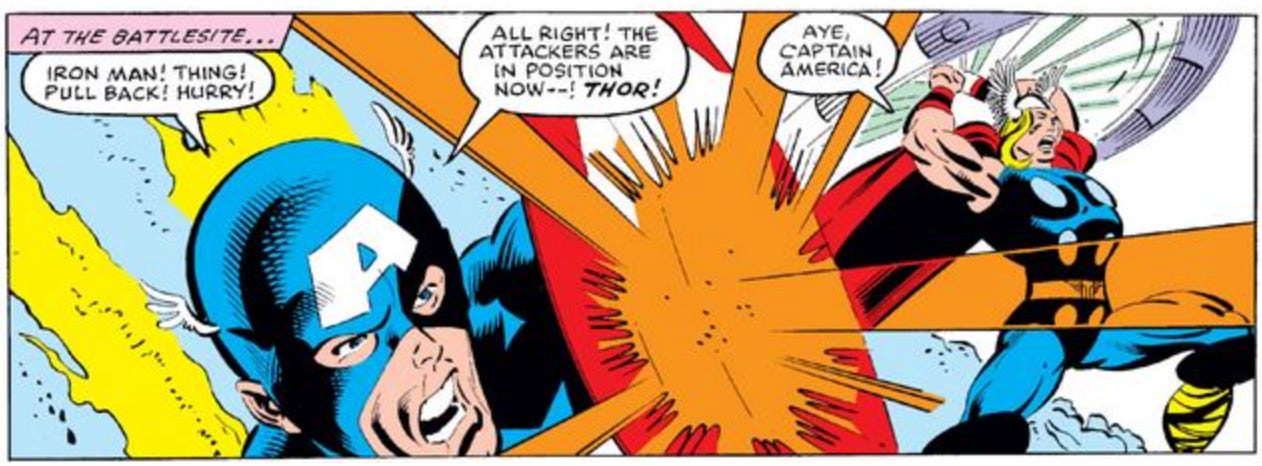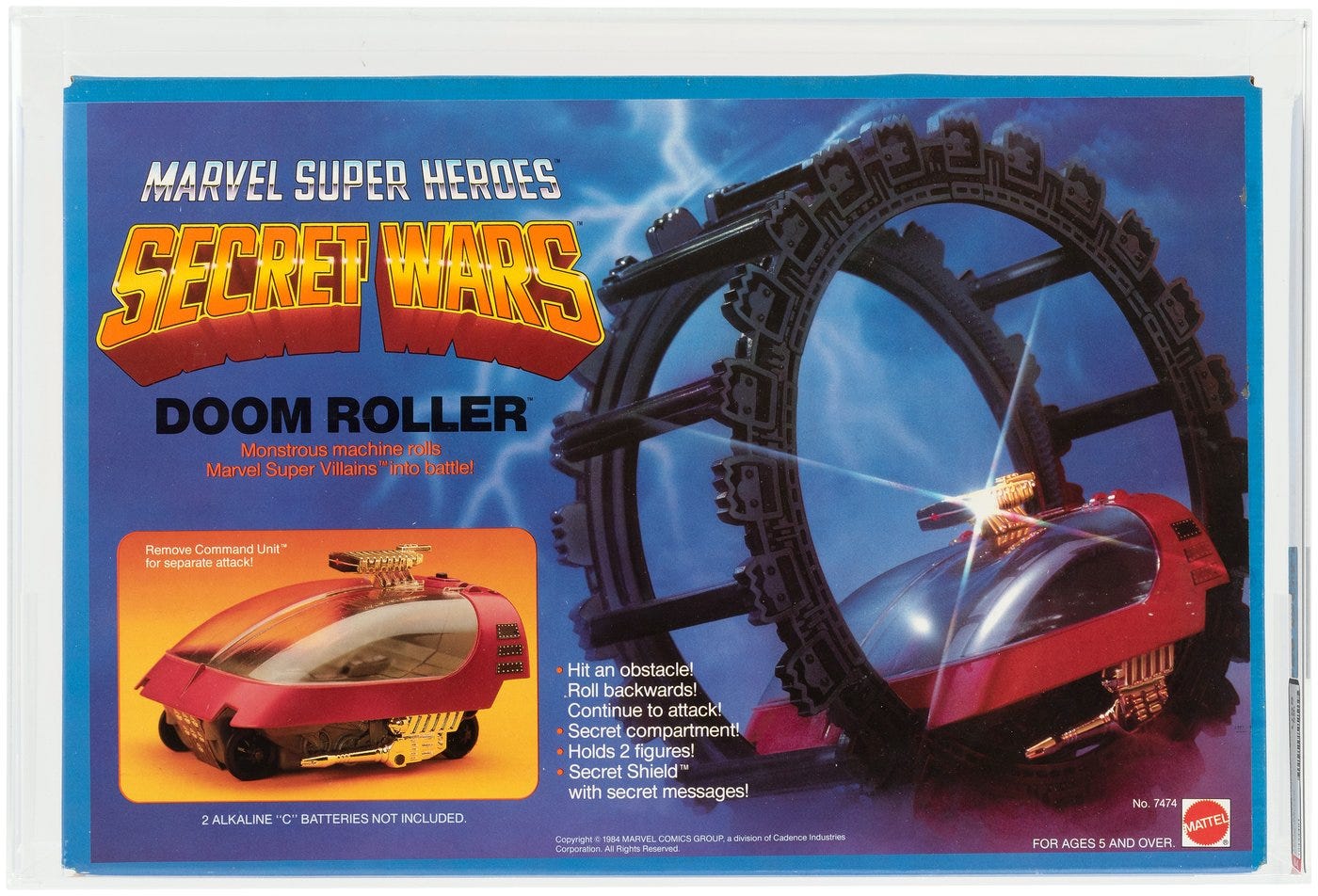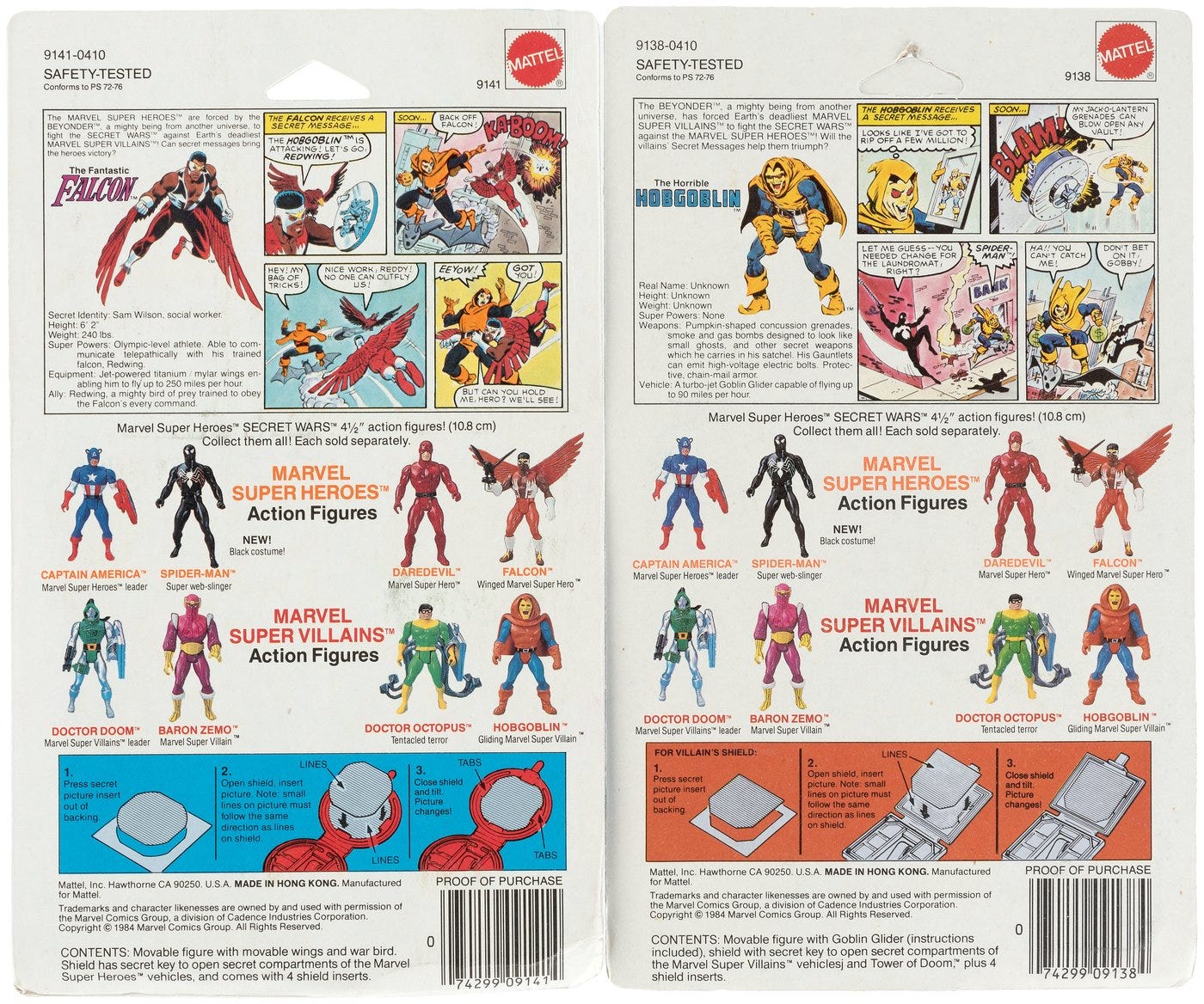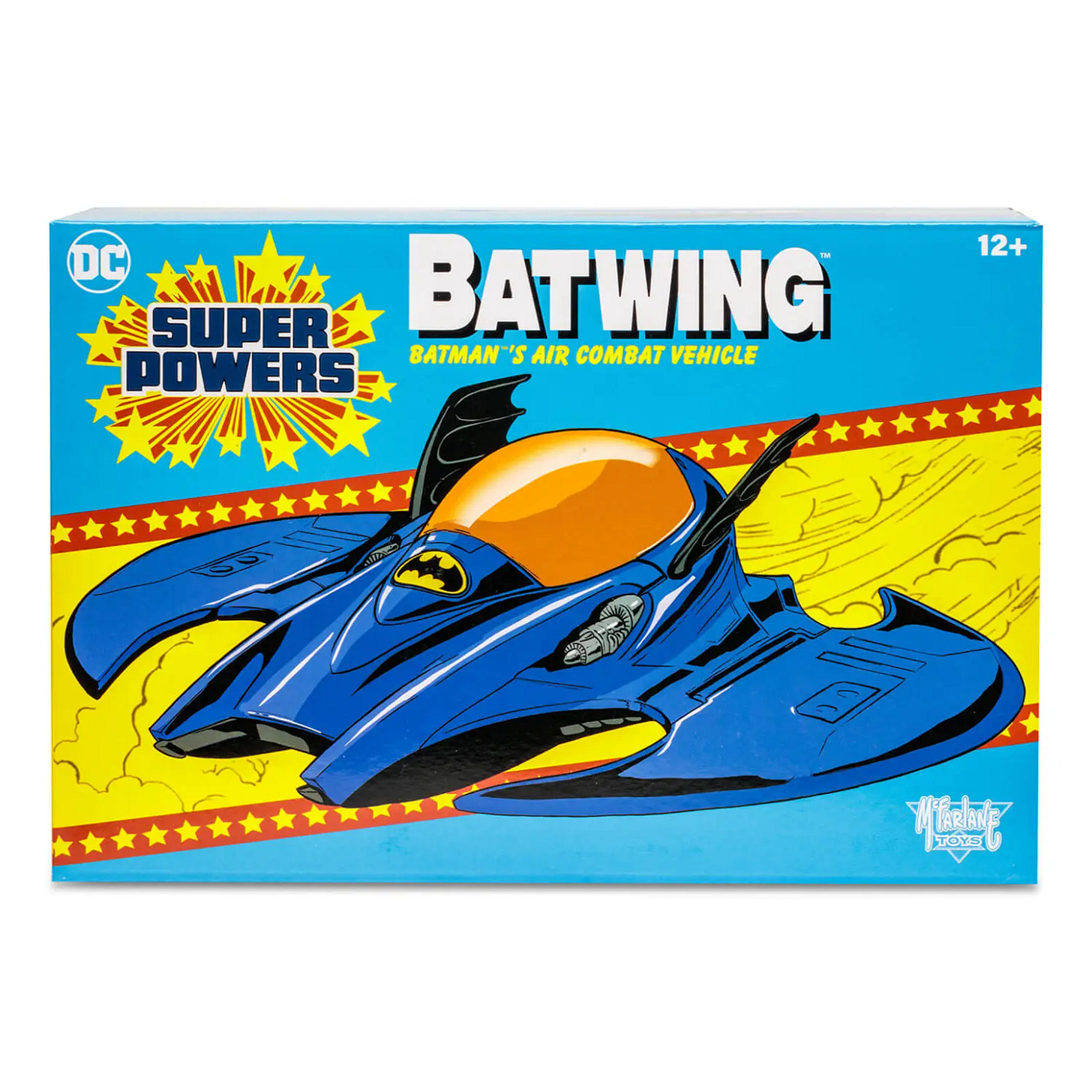Marvel’s Original ‘Secret Wars’ Comic Was Made to Sell Toys. Did It Work?
Revisiting the 1980s gamble from then-EIC Jim Shooter
For the past few weeks, MCU fans have been abuzz with confirmation that the next big Avengers event within the films will be Secret Wars. Prior to Jonathan Hickman’s reinvention of it in 2015, Secret Wars was primarily known as the event then-editor-in-chief Jim Shooter came up with in the 1980s to, basically, fuel a partnership with Mattel. The toy-maker wanted to compete with Kenner’s DC figures, but if they were going to pay up for Marvel, they needed a marquee theme.
“We went through a number of ideas for names for the toy line and series,” Shooter once blogged. “Mattel's focus group tests indicated that kids reacted positively to the words 'wars' and 'secret'. Okay." He added that Mattel’s other main notes—and yes, Mattel apparently had an enormous amount of editorial input for the series set in Battleworld, where characters battled against their will—were that Doctor Doom and Iron Man needed high-tech upgrades and new playsets and vehicles were needed to maximize profit.
(For even more context, action figures and dolls had become the priority for Mattel by the mid-1980s. “Following a $394-million loss in 1983, primarily from its home-computer and video-games lines, Mattel shed all divisions except its toy-making operation” by 1984, the Los Angeles Times reported at the time. This was all despite selling 70 million Masters of the Universe figures worldwide by the same year.)
So as a comic, Secret Wars became this quirky event, a huge best-seller that was critically lambasted. Its main utility for medium lore was introducing Spider-Man’s black suit, the symbiote that eventually would create Venom and help define mainstream comics in the late-1980s and ’90s. (Also: She-Hulk joined the Fantastic Four for a time, and Spider-Woman came onto the scene.) Otherwise, its lasting impact was the legend surrounding its impetus. Yes, it was certainly created to make toys. That factoid is usually left alone, fueling a bit of cynicism for those that felt Marvel repelled them with their greed at the time. But Power Action! is curious: Did it actually work? Was it a boon for both Marvel and Mattel?
First, let's reiterate: The comic sold nearly a million copies. In 1984, it sold more copies than any other comic over the previous 25 years. But you might be surprised to learn that the toy series didn’t actually do that well. An Action Figure Insider story in 2010 notes that the Marvel toys were designed to specifically not compete with Mattel’s flagship Masters of the Universe franchise. So smaller "and "far less muscular," as designer Roger Sweet shared. (The inside phrase for a line that’s supposed to be secondary to another is “a flanker brand.”) So there was only a bit of articulation at the "shoulders, hips, and neck," and no special actions like the big-league lines.
The first wave featured Captain America, Doctor Octopus, Iron Man (Rhodey version), Kang the Conqueror, Magneto, Doctor Doom, Spider-Man, and Wolverine. The backing cards had a character illo and bio, a four-panel comic, and other figures in the series. Poor sales already culled the next wave from eight to five: Baron Zemo II, Daredevil, Hobgoblin, Spidey (black costume), and Falcon. The third line was canceled while its three figures were already in production.
Aside from Mattel’s own He-Man, who else were the Secret Wars toys competing with? In 1984, that would have been Transformers, for which Hasbro owned the rights in the U.S. Those toys were certainly not skimped on like the Marvel ones, which often reused molds and accessories. Elsewhere, Kenner's 1984 deal with DC Comics, which launched Mattel’s entire pursuit of Marvel, produced the competing Super Powers Collection, which also were more technically complex than Secret Wars.
The entire reason Mattel didn’t land the DC account, as rumor has it, was its intention to treat it as a flanker brand, as they did with Marvel’s characters.
The good news is that Marvel would just fine in the toy world, and so would Mattel. Despite MOTU dropping dramatically in sales by 1987, the Mattel ship was righted when it refocused on its core brands. Between 1987 and 1992, Barbie sales would jump from $430 million to a billion. As for Marvel’s toy adventures: A little company called Toy Biz would come along in the late 1980s and change everything.
As for the Super Powers line? Well, McFarlane recently resurrected it as Wal-Mart exclusives.












